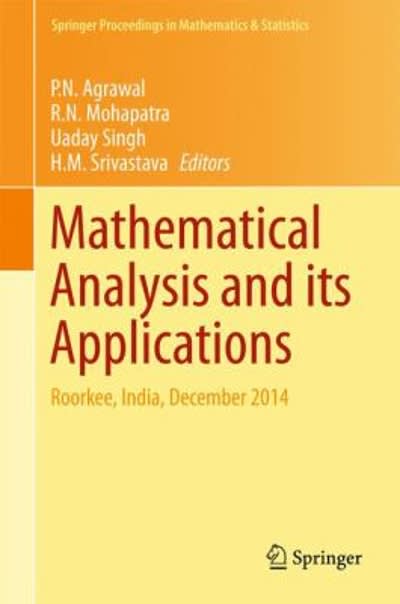Question
A polling agency conducted a survey of 100 doctors on the question Are you willing to treat women patients with the recently approved pill RU-486?




A polling agency conducted a survey of 100 doctors on the question "Are you willing to treat
women patients with the recently approved pill RU-486"? The conservative margin of error
associated with the 95% confidence interval for the percent who say 'yes' is
a. 50% b. 10% c. 5% d. 2%
11. Which one of these statistics is unaffected by outliers?
a. Mean
b. Interquartile range
c. Standard deviation
d. Range
12. A list of 5 pulse rates is: 70, 64, 80, 74, 92. What is the median for this list?
a. 74 b. 76 c. 77 d. 80
13. Which of the following would indicate that a dataset is not bell-shaped?
a. The range is equal to 5 standard deviations.
b. The range is larger than the interquartile range.
c. The mean is much smaller than the median.
d. There are no outliers.
14. A scatter plot of number of teachers and number of people with college degrees for cities in
California reveals a positive association. The most likely explanation for this positive
association is:
a. Teachers encourage people to get college degrees, so an increase in the number of
teachers is causing an increase in the number of people with college degrees.
b. Larger cities tend to have both more teachers and more people with college degrees, so
the association is explained by a third variable, the size of the city.
c. Teaching is a common profession for people with college degrees, so an increase in the
number of people with college degrees causes an increase in the number of teachers.
d. Cities with higher incomes tend to have more teachers and more people going to college,
so income is a confounding variable, making causation between number of teachers and
number of people with college degrees difficult to prove.
15. The value of a correlation is reported by a researcher to be r = ?0.5. Which of the following
statements is correct?
a. The x-variable explains 25% of the variability in the y-variable.
b. The x-variable explains ?25% of the variability in the y-variable.
c. The x-variable explains 50% of the variability in the y-variable.
d. The x-variable explains ?50% of the variability in the y-variable.
16. What is the effect of an outlier on the value of a correlation coefficient?
a. An outlier will always decrease a correlation coefficient.
b. An outlier will always increase a correlation coefficient.
c. An outlier might either decrease or increase a correlation coefficient, depending on
where it is in relation to the other points.
d. An outlier will have no effect on a correlation coefficient.
5. If a statistically significant difference in blood pressure change at the end of a year for the
two activities was found, then:
a. It cannot be concluded that the difference in activity caused a difference in the change in
blood pressure because in the course of a year there are lots of possible confounding
variables.
b. Whether or not the difference was caused by the difference in activity depends on what
else the participants did during the year.
c. It cannot be concluded that the difference in activity caused a difference in the change in
blood pressure because it might be the opposite, that people with high blood pressure
were more likely to read a book than to walk.
d. It can be concluded that the difference in activity caused a difference in the change in
blood pressure because of the way the study was done.
6. What is one of the distinctions between a population parameter and a sample statistic?
a. A population parameter is only based on conceptual measurements, but a sample statistic
is based on a combination of real and conceptual measurements.
b. A sample statistic changes each time you try to measure it, but a population parameter
remains fixed.
c. A population parameter changes each time you try to measure it, but a sample statistic
remains fixed across samples.
d. The true value of a sample statistic can never be known but the true value of a population
parameter can be known.
7. A magazine printed a survey in its monthly issue and asked readers to fill it out and send it
in. Over 1000 readers did so. This type of sample is called
a. a cluster sample.
b. a self-selected sample.
c. a stratified sample.
d. a simple random sample.
8. Which of the following would be most likely to produce selection bias in a survey?
a. Using questions with biased wording.
b. Only receiving responses from half of the people in the sample.
c. Conducting interviews by telephone instead of in person.
d. Using a random sample of students at a university to estimate the proportion of people
who think the legal drinking age should be lowered.
9. Which one of the following variables is not categorical?
a. Age of a person.
b. Gender of a person: male or female.
c. Choice on a test item: true or false.
d. Marital status of a person (single, married, divorced, other)




Step by Step Solution
There are 3 Steps involved in it
Step: 1

Get Instant Access to Expert-Tailored Solutions
See step-by-step solutions with expert insights and AI powered tools for academic success
Step: 2

Step: 3

Ace Your Homework with AI
Get the answers you need in no time with our AI-driven, step-by-step assistance
Get Started


